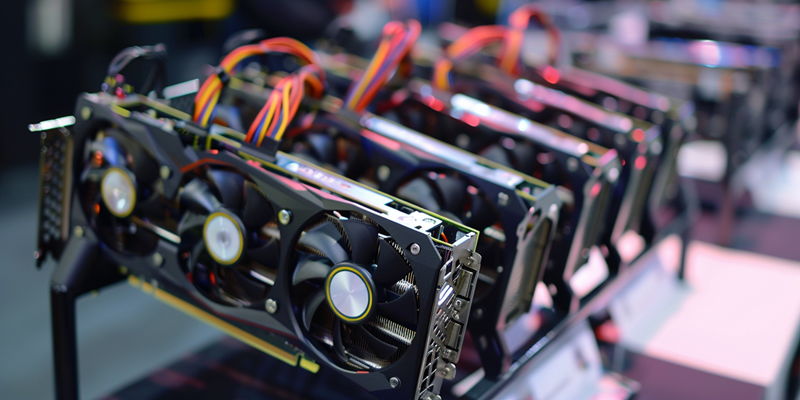In the dynamic and rapidly evolving world of technology, safeguarding digital infrastructure is more crucial than ever. Two giants in the tech industry, NVIDIA and ARM, have recently brought to light vulnerabilities within their products, underscoring the urgency for users to update their systems forthwith. This is not merely routine maintenance but a critical defensive maneuver against potential cyber threats that, left unchecked, could compromise everything from personal data to the integrity of vast corporate networks.
ARM’s Zero-Day Vulnerability – A Call for Immediate Action
The CVE-2024-4610 Exposure
ARM’s recent advisory has rung alarm bells across the tech community, drawing attention to a zero-day vulnerability that’s been exploited in the wild. Known as CVE-2024-4610, this security flaw affects all versions of ARM’s Bifrost and Valhall drivers, which serve as the backbone for countless devices. The vulnerability opens the door for non-privileged users to inappropriately handle GPU memory, potentially resulting in unauthorized access to sensitive information. This presents a considerable security risk, especially if the compromised memory has been previously freed, making it available for an attacker to manipulate.
Impact and Implications
The security risks posed by CVE-2024-4610 are not to be taken lightly. This type of exposure could allow malicious actors to gain access to critical systems, potentially leading to a chain of nefarious activities, from data theft to full system control. The urgency to address this vulnerability is heightened by the fact that attackers are already taking advantage of this weakness, solidifying it as a significant threat in ARM’s technology ecosystem. Customers are strongly advised to update their systems immediately to mitigate these risks, which, in some instances, may involve system reboots or more intricate technical maneuvers to effectively secure their computing environments.
NVIDIA’s Security Bulletin Raises Flags
The CVE‑2024‑0090 Threat
Not to be outdone in terms of cybersecurity urgency, NVIDIA’s security bulletin for June has turned heads with the revelation of 10 new vulnerabilities within its GPU Display Driver and VGPU software. Among these, CVE‑2024‑0090 has emerged as a particularly dangerous threat due to its multifaceted attack vectors. Capable of enabling code execution, denial of service, privilege escalation, information disclosure, and data tampering, the vulnerability’s capabilities are widespread. Its potential impact on both Windows and Linux systems — along with its presence in an extensive array of devices that utilize NVIDIA’s GPU technology — marks a broad attack surface for potential exploitation.
The Broader Landscape
The cybersecurity community is no stranger to such vulnerabilities, but the breadth of CVE‑2024‑0090’s potential impact cannot be understated. It is imperative that affected drivers and software be updated promptly. Historically, device drivers tend to fall through the cracks during regular patching cycles, and this oversight can have dire consequences. Experts are calling attention to the need for proactive measures to identify and patch vulnerable systems, which invariably includes rebooting systems to enact changes. This highlights an increasing vigilance within the technology industry, recognizing that hardware and driver software represent critical fortifications in any robust cybersecurity defense strategy.
Concluding Insights
The Cybersecurity Ecosystem’s Stance
NVIDIA and ARM’s advisories are not just warnings; they are a reflection of an industry-wide consensus that maintaining secure hardware and software ecosystems is paramount in defending against cyber threats. These reports may not denote the risk of remote execution, but the potential for local exploitation is no less significant. It requires an immediate and informed response to ensure the security and resilience of systems against sophisticated threats.
A Proactive Approach to Cyber Defense
In the ever-shifting tech landscape, securing our digital frameworks is imperative. Industry behemoths NVIDIA and ARM have shone a spotlight on critical security gaps within their systems, signaling an urgent call to action for clients to update their systems urgently. This directive goes beyond standard upkeep; it’s a vital strategy to thwart cyber threats. Ignoring such updates risks not just individual privacy, but the structural integrity of expansive corporate networks. As we plunge deeper into the digital age, these manufacturers’ findings are stark reminders that proactive measures are key to fortifying our cyber defenses. Their warnings elevate the stakes, emphasizing immediate updates as essential shields against the ever-present danger of digital incursions that can have far-reaching and damaging consequences.

